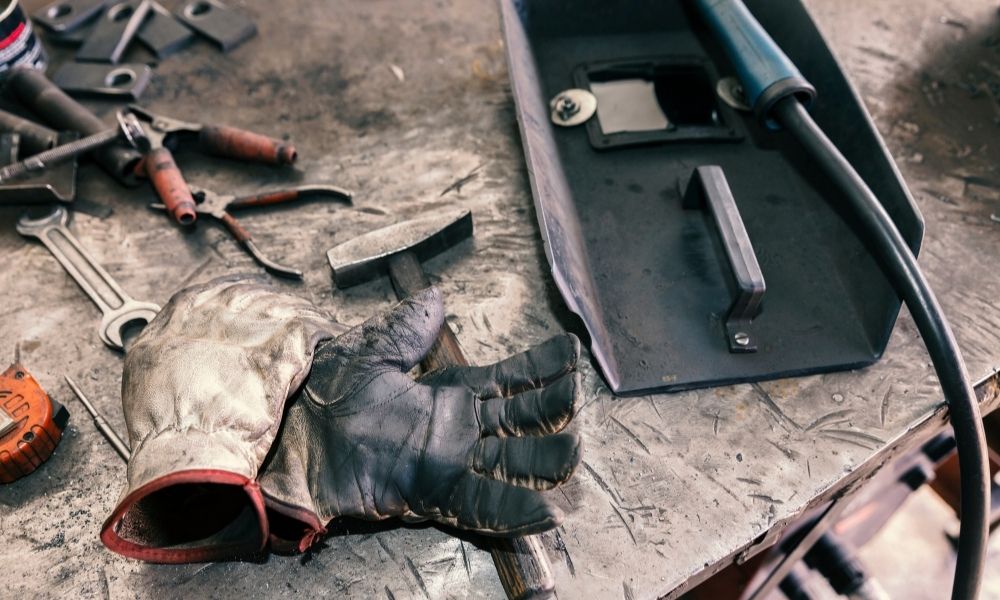What You Need To Know Before You Start Welding

It’s always nerve-racking to start a new job or learn something different. Welding is a highly technical skill that many individuals are experts at doing. However, a beginner may need some time to develop their welding skills. If you are interested in joining the welding trade, here’s what you need to know before you start welding.
Types of Welding
To generate beautiful-looking welds, operators might use wire welding. Wire welding uses spools of wire fed by a gun. It’s also preferable when you’re working with thin sheet metal.
Wire welding is either MIG (metal inert gas) or flux-cored. MIG welding uses a consistent shielding gas flow to keep the weld clean. The disadvantages of MIG welding include trouble using it outside and carrying the gas bottle. Flux-cored welding involves wire to work with or without shielding gas. Outdoor usage typically requires those that are self-shielded.
Stick welding is typically the fastest and easiest method to learn. Stick welding isn’t the fastest option, but more tolerant when handling filthy or rusted metal.
TIG (tungsten inert gas) welding is suitable for construction and automotive industries. It’s also a fantastic approach to thin solder metal and sheet metal. TIG might be the most difficult to learn, but it is not impossible for rookie welders to master.
Learn the Material
The unique characteristics of stainless steel, aluminum, and steel require knowing which method works best. With the basic understanding of various welding techniques, you now know that each technique works differently depending on the material. You can learn what works best with what material by studying other professional welders or trial and error.
Use a Friendly Interface
A beginner may have trouble comprehending the machine’s settings, so look for one that has an accessible interface for a novice to understand. The best type of machine will automatically know if the voltage is wrong, letting you modify the settings accordingly.
Generally, thinner metals don’t require you to max out your voltage, whereas larger material needs you to ramp it up. A dual voltage machine of 110v and 230v is all a neophyte needs before attempting more complex welds.
Don’t Skimp on Safety
Bear in mind that welding involves exposure to dangerous conditions like extremely high temperatures. Whenever you start, you must have the necessary protective equipment. Don’t start a job if you don’t have eye protection like safety glasses and an auto-darkening helmet. Also, wear flame-retardant gear like gloves, boots, and a coat to minimize the impact of the heat.
Additionally, it would help if you had proper ventilation to avoid breathing hazardous post-weld vapors. Finally, always stay a safe distance from combustible items during welding. Sparks are certain to fly, and if you’re not careful, they may quickly ignite explosive substances.
Learning what you need to know before you start welding gives you confidence when you pick up the torch. Following these steps ensures your safety and that the quality will not suffer.





